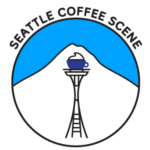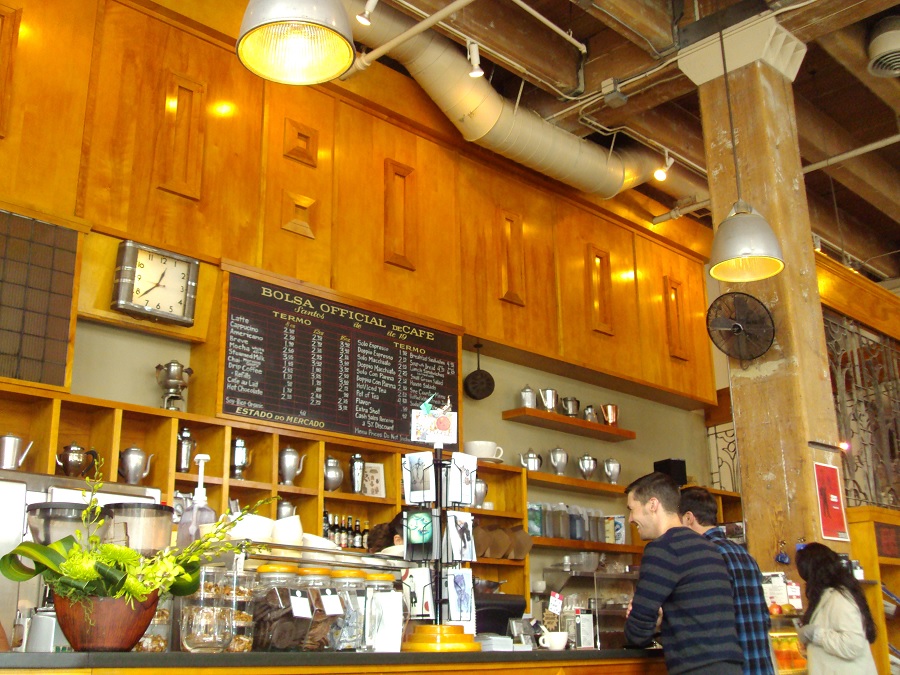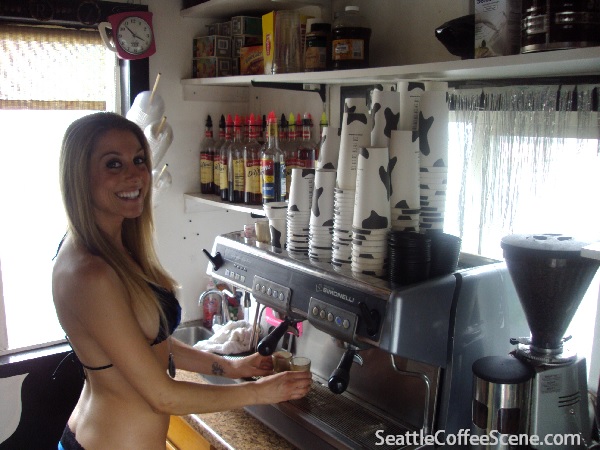An occasional series by the Seattle Coffee Scene
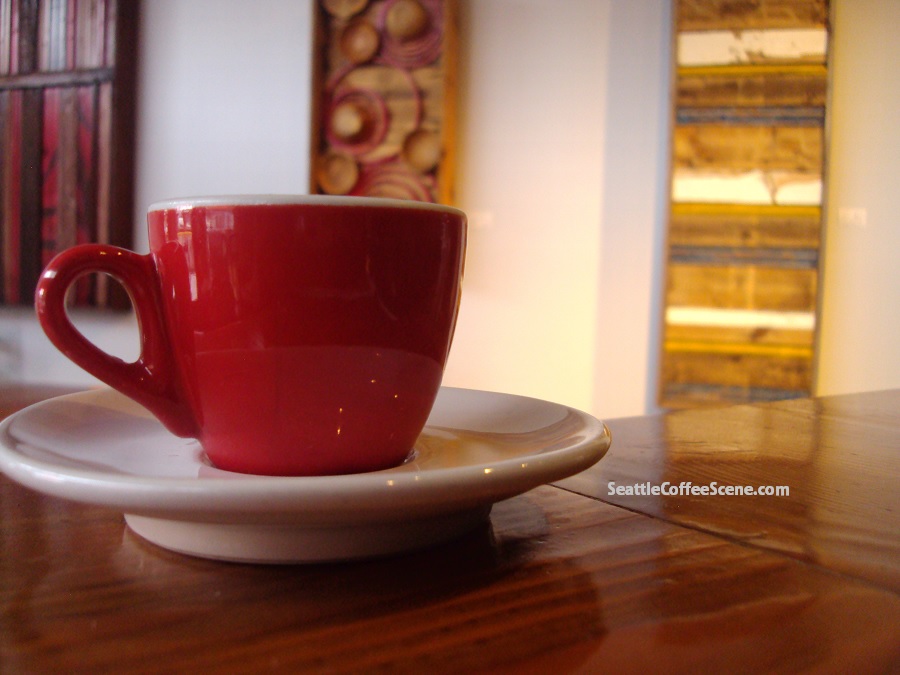
If you love coffee like I do, then you’ve probably wondered how you can brew a better cup at home. It turns out that with a few simple steps you can be on your way to brewing a better, tastier cup.
Below are a few tips to help you enjoy a good home brew!
1. Fresh Beans are Essential
When it comes to beans, freshness counts! You get the best effort from your beans about 72 hours to 14 days after they’ve been roasted. This ten-day time period is the ultimate sweet spot for coffee freshness.
Ideally, you should buy whole bean coffee from a local roaster and grind them at home just before you are ready to brew. Whole beans simply keep their freshness better and maintain their aromatics much longer.
Older coffee beans lose their aroma, a quality which is essential to a better coffee drinking experience; in addition, oils that give the coffee their taste turns rancid over time, significantly impacting their taste.
2. Storing Your Coffee
“Never, ever store your beans in the fridge,” advises Bill, owner and roaster of BioWilly’s Beans in Seattle.
The best way to store your coffee is in air-tight ceramic bin or container that protects the beans from air, heat, and sun. When your coffee is exposed to oxygen, it releases its aroma, which can never be recovered.
Despite your intuition, or what you may have read or been told, roasters and brew-masters agree that you should never store your beans in the freezer or refrigerator!
Beans, especially when they are ground up, absorb odors! In addition, the oils that give the beans their flavor often congeal in freezing temperatures. In addition, try and store your beans away from sunlight. It’s best to store them in darker non-clear containers.
3. The Grind – Grinding Your Coffee Is One of the Most Important Elements to Great Coffee
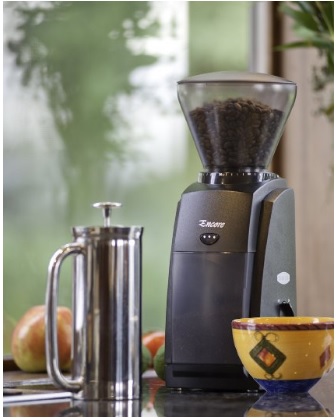
There have been books, papers, and articles written on the art of grinding your coffee at home.
However, I follow one simple rule: The faster the brewing time the finer the grind needs to be. For example, the drip method (slow) takes a course of grind, whereas espresso (fast) takes a fine grind.
Choosing a quality coffee grinder, like the Hario Slim Grinder above is another excellent way to improve your coffee at home. To find out more about the Hario Grinder, visit Amazon.com.
Learn More about the Baratza Home Grinder
4. Your Water
While the freshness and quality of coffee is “everything” – it’s really only 3% of your actual drip. So, great-tasting water is essential for great tasting coffee. Often, huseholds may have common issues with extra mineral content that exists due to older galvanized pipes or simply concrete particles from water reservoirs.
Consider installing a water filter or simply getting one of those Brita filter pitchers. Fortunately here in Seattle we have great tasting tap water (in my opinion anyway). Certainly the taste and quality of your water will show up in the taste of your home brew. Both hard and soft water pose problems for taste. In addition, chlorine can also factor in your coffee’s ultimate taste. So, if and when possible, use a water filter system.
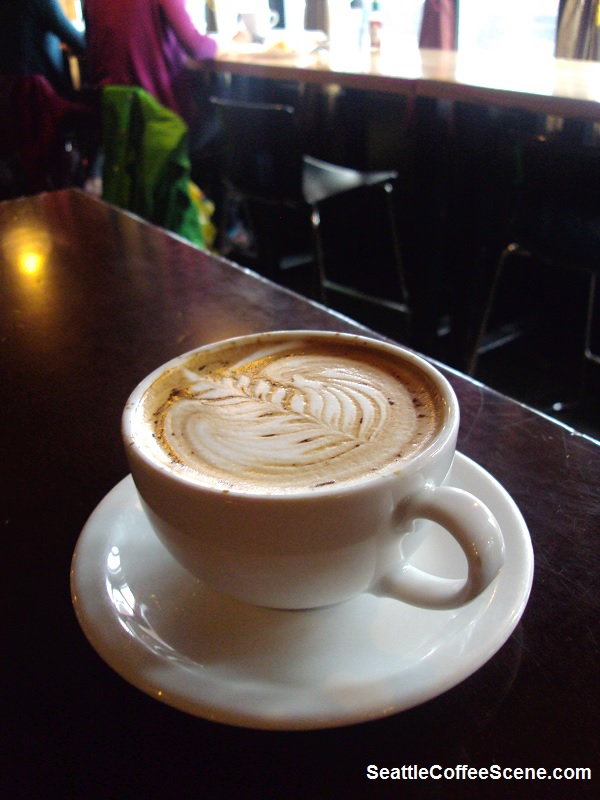
5. Coffee Filters
If you use drip coffee maker at home, your filters can influence the taste and texture of your coffee. Oxygen bleached paper filters are the standard filters used today for many coffee makers.
Unbleached coffee filters can have natural resins which may affect the taste. Hard core coffee lovers swear by gold-plated filters.
Back in college, I desperately used paper towels, but this is very bad idea because the bleach and chemicals that are in the towels can end up in your coffee!
Though a bigger upfront cost, a metal coffee filter might be a good investment and save money in the long run. According to the book, The Joy of Coffee, by Corby Kummer, another reason to choose metal over paper: paper filters trap the “texture giving colloids” whereas the metal coffee filters let them through and into your coffee. The Colloids or oil particles hold the key to your coffee’s wonderful flavor.
6. Burners
Never leave your coffee on a burner! In only takes minutes for the coffee to be over-brewed and charred. When this happens, not only does the coffee taste burned, but it can be irritating to sensitive stomachs. Instead, once your coffee is brewed pour it in a thermos or carafe.
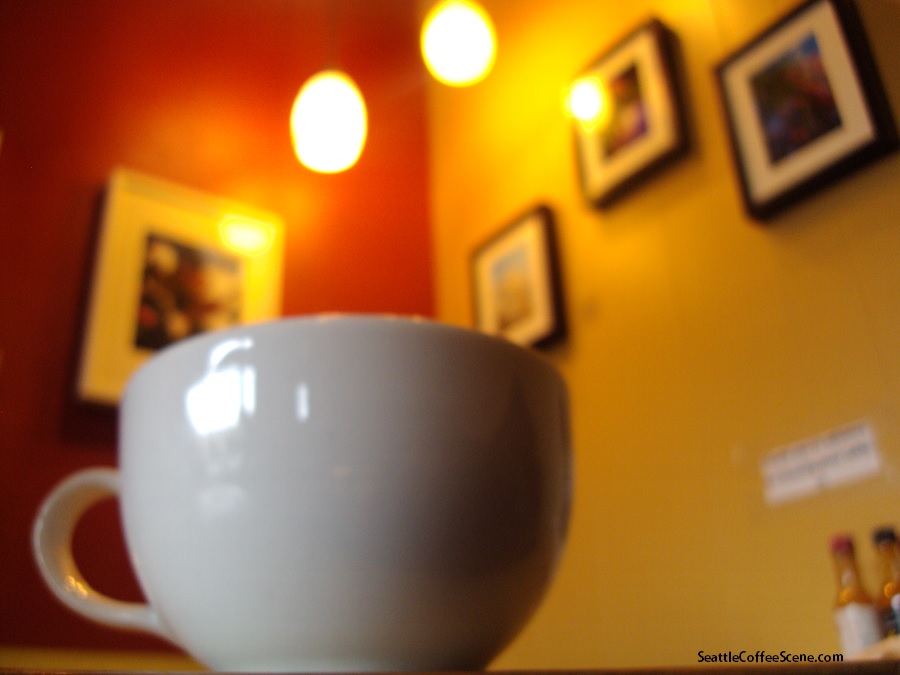
7. Brewing
There are plenty of great ways to brew great coffee at home. Whether you like drip coffee or espresso machine coffee, the options are nearly limitless. If you have a larger family of coffee drinkers a bigger coffee maker is practical. I use a Bialetti Moka Express, which extracts coffee wonderfully. It’s available at Amazon.com for about $45 bucks.
8. Temperature
Coffee is hot (usually) – and the ideal temperature is roughly 195° – 205°. What happens if you go under or below those temps? Usually if you go lower, the extraction of the coffee you drink is subpar or weak. If the temp is higher than 205°, it can negatively influence taste.
9. Cleaning
Between the debris left over from brewing and the calcification of mineral deposits over time, your brewing equipment can alter the taste of your coffee. Once a month, clean your coffee maker with a simple mix of water and vinegar (1:4 ratio) and brew the pot about 3 times with the solution to rid it of off flavors and odors.
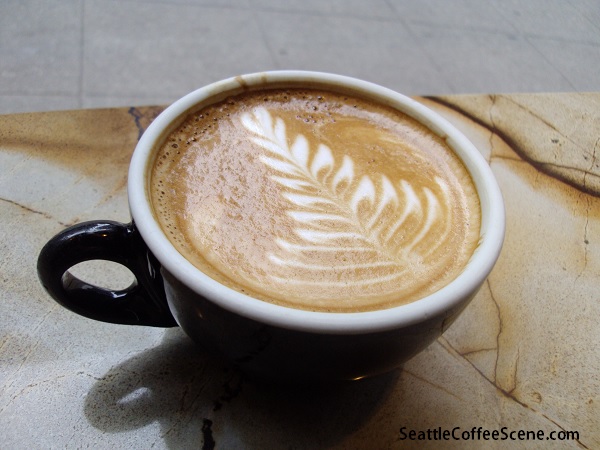
Thank you for reading and supporting the Seattle Coffee Scene! Hope this helps! If you have other suggestions, be sure to comment! Share the love, “Like Us” on Facebook!
